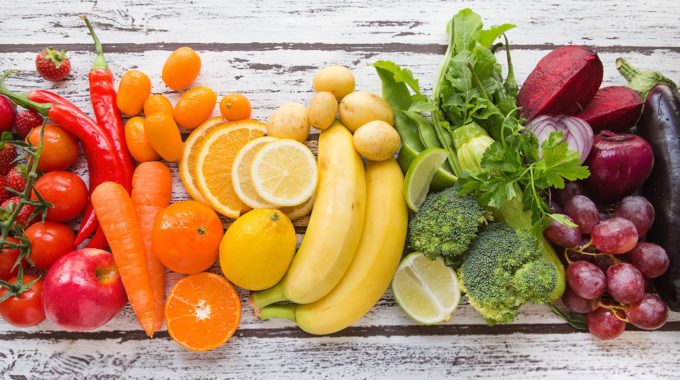Living colour: eat the rainbow
The more fruit and veg you eat, the healthier you’ll be. But that’s not all. The wider the variety of fruit and veg you eat, the greater the health benefits. You’ve no doubt heard the phrase “eat the rainbow”. This isn’t just something pretty to tell kids to get them to eat their vegies; the more colour you pack onto your plate each day, the more health benefits you’ll get in return. We give you a quick rundown of why you should eat the rainbow every day, and how each element on the spectrum can give you a boost.
Fruits and vegies fall into five main colour categories: red, purple/blue, orange, green, and white/brown. Each colour offers its own combination of unique compounds known as phytochemicals. These give fruits and vegies their vibrant hues, as well as some of their disease-fighting and health-giving properties. So, if you want to get the most benefits, it’s always best to include as wide a variety of colourful fruit and veg in your diet as you can.
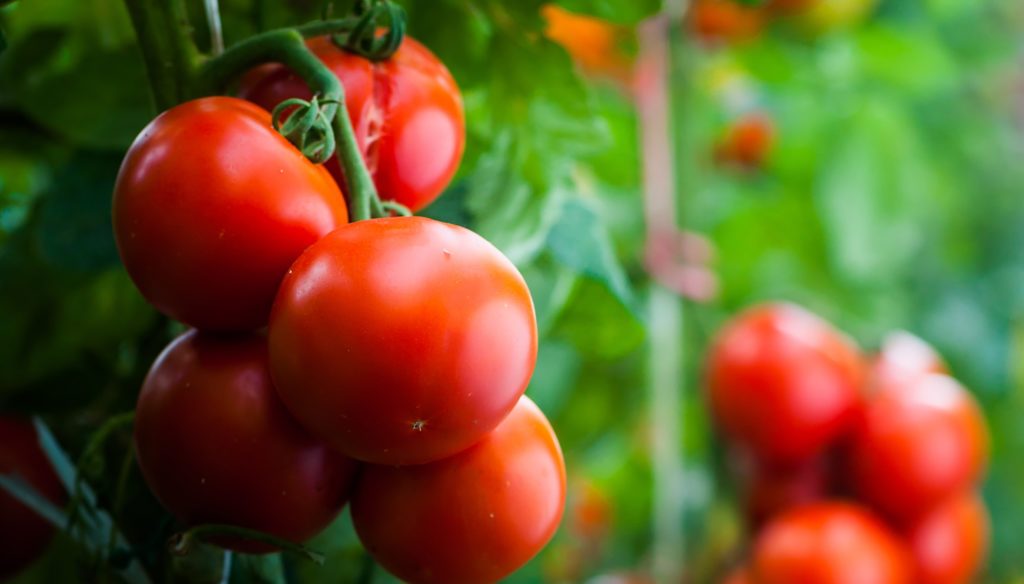
Red
Red fruits and vegetables are coloured by a natural plant pigment called lycopene. Lycopene is a powerful antioxidant that can help to keep your heart healthy by reducing cholesterol and lowering blood pressure. It also plays a role in brain, bone and eye health.
Blokes, this one’s especially for you. Lycopene has been found to help reduce your risk of prostate cancer. So make sure you eat plenty of the red stuff. Hot tip: to get more lycopene out of your tomatoes, eat them cooked. The cooking process makes lycopene more bioavailable. Puréeing or juicing tomatoes also boosts absorption.
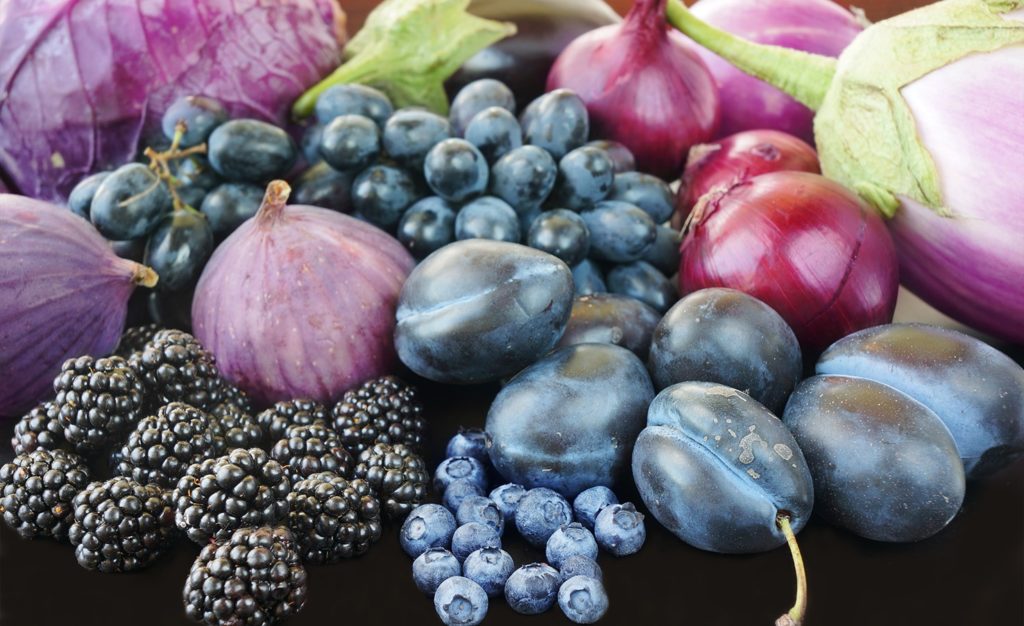
Purple
Purple produce like bright berries, grapes and currants get their hue from phytochemicals known as anthocyanins. Anthocyanins have antioxidant properties that protect cells from damage and can help reduce the risk of cancer, stroke and heart disease. The Australian-developed Queen Garnet plum has been dubbed the “queen of antioxidants” due to its very high anthocyanin levels. Queen Garnets are in season now, so grab them while you can.
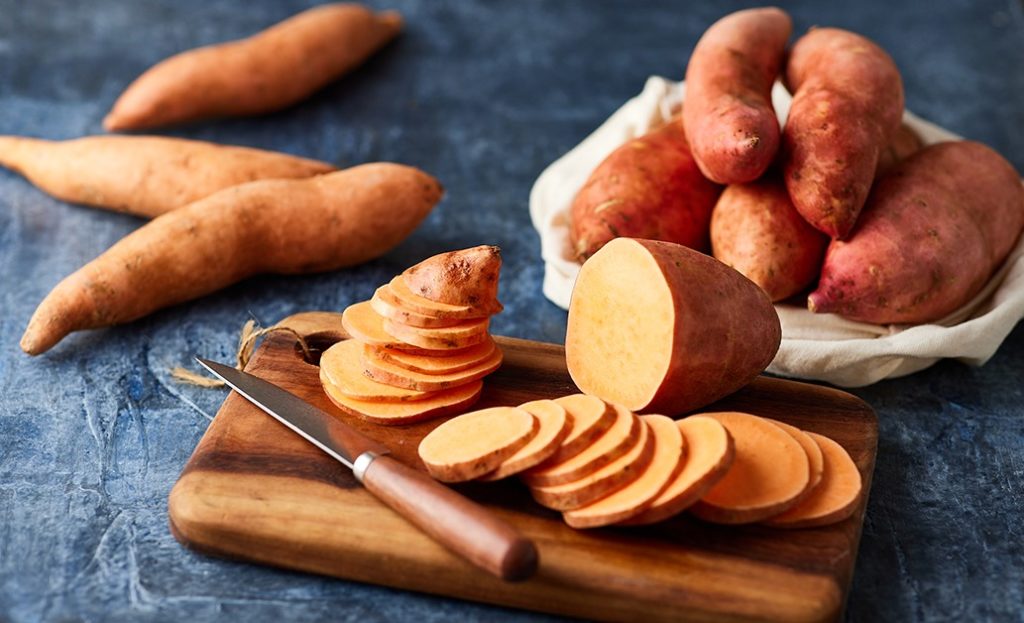
Orange
Carotenoids give this group their vibrant colour. Probably the best-known carotenoid is beta carotene, which is found in sweet potatoes, pumpkins and carrots. It’s converted to vitamin A, which helps maintain healthy mucous membranes and eyes. Another carotenoid in orange foods called lutein has been found to prevent cataracts and age-related macular degeneration. In layperson’s terms, this means it can help to prevent blindness.
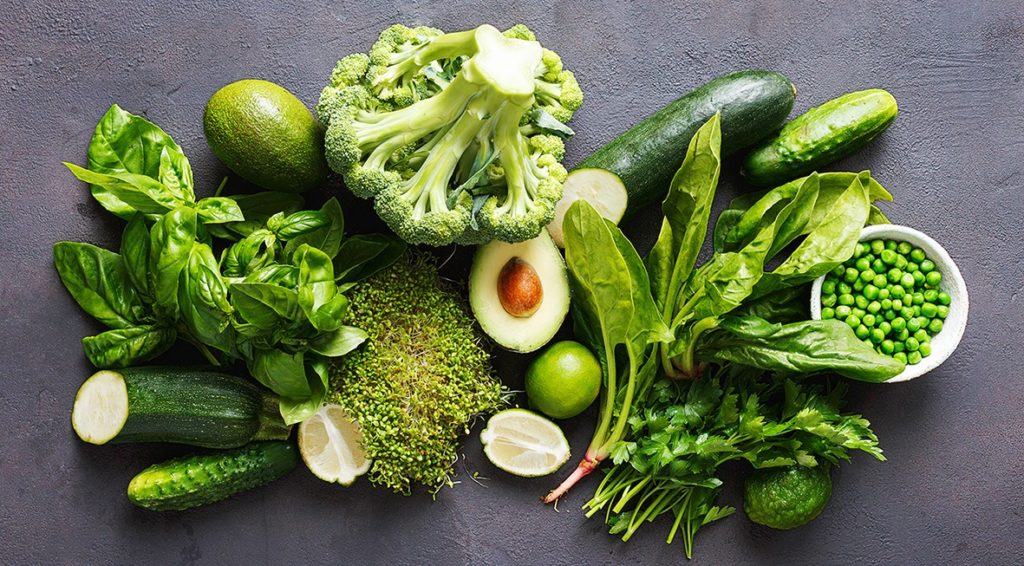
Green
Probably the least favourite colour on the veg spectrum, greens also happen to be nutritional superstars. They contain a range of phytochemicals including carotenoids, indoles and saponins, all of which have anti-cancer properties. That piece of broccoli doesn’t look quite so nasty now, does it? Leafy greens such as spinach and broccoli are also excellent sources of folate. This is needed for red blood cell formation and a healthy brain. It’s also a crucial nutrient during early pregnancy, to prevent neural tube defects.
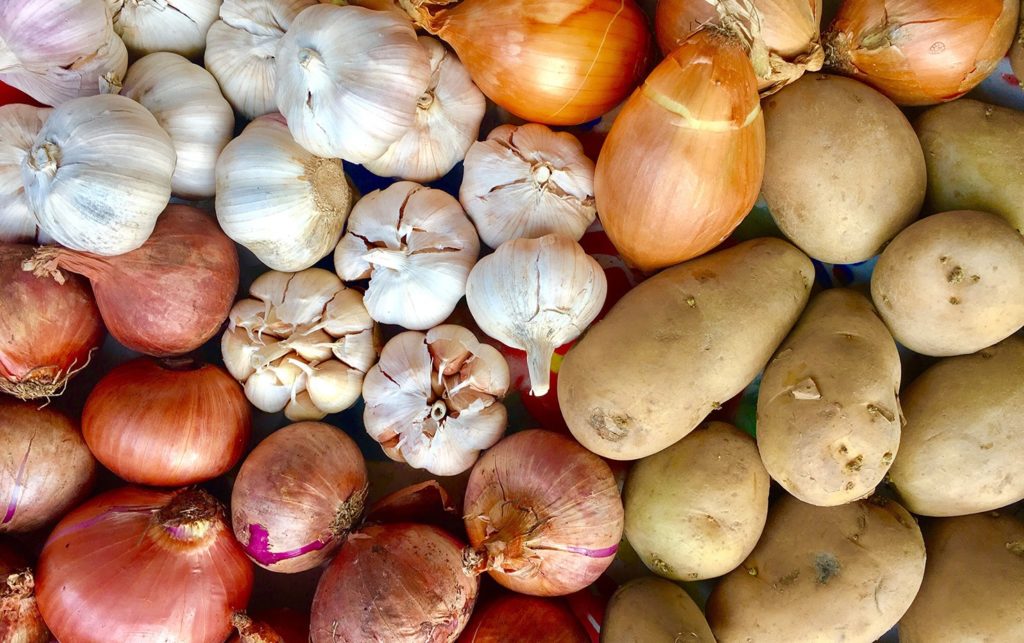
White
While white and brown aren’t officially on the rainbow, they count when it comes to eating the rainbow. It’s true that white and brown produce might not be as pretty to look at, but these subtly coloured fruits and vegies still pack a nutritional punch. The phytochemical known as allicin found in garlic has antiviral and antibacterial properties. Bananas and potatoes are also a good source of potassium and fibre.
The fibre found in potatoes is known as resistant starch. This is great for your gut health. To boost the resistant starch in your taters, cook them a day ahead of time then cool them in the fridge overnight. You can then reheat them. While ripe bananas don’t contain resistant starch, green bananas do. Yes, it’s sneaky of them to span across two colours. But the benefits they can offer the good bacteria in your gut more than excuse them.

Be adventurous
To eat the rainbow, you don’t always have to eat different types of fresh produce. Some growers are now producing different coloured versions of traditional fruits and vegies.
Orange capsicums might not be that easy to find, but if you do happen to spot some, grab ‘em. Orange capsicum is the richest food source of the orange pigment zeaxanthin, which is essential for good central vision. This is basically what helps you see detail, shapes and colours. Our bodies can’t make zeaxanthin, which means we need to get it from food.
If Brussels sprouts don’t do it for you, you could try Red Darling sprouts. These purple sprouts have a milder, nuttier, sweeter flavour than your average sprout. Eastbrook Vegetable Farms in the Adelaide Hills grows both Red Darling and Brussels sprouts. You can also find Red Darling sprouts from Fresh Select, which supplies Coles stores nationally.
Eastbrook also produces Kalettes – a hybrid between Brussels sprouts and kale. This combo of two of the world’s healthiest vegies has beautiful purple and green leaves. Kalettes are also milder and sweeter than either kale or Brussels sprouts, so are more likely to appeal to fussy palates. They’re versatile, and can be eaten raw, baked, steamed or grilled.
You can also find purple cauliflower, carrots, asparagus and broccolini at some retailers and farmers’ markets. Meanwhile, Queensland researchers from the Naturally Nutritious program are also developing purple sweetcorn. You can read about it here.

Want to know more?
For more inspiration on how to eat the rainbow every day, try these tips, plus this advice on why you should eat more plant foods. We’ve also got an expert’s take on how to get the most out of the fruit and veg you do eat. With autumn upon us, you can also check out our article on which fruits and vegies are in season right now.


